Reviewed by Anurag Mishra (Sr. Technical Consultant)
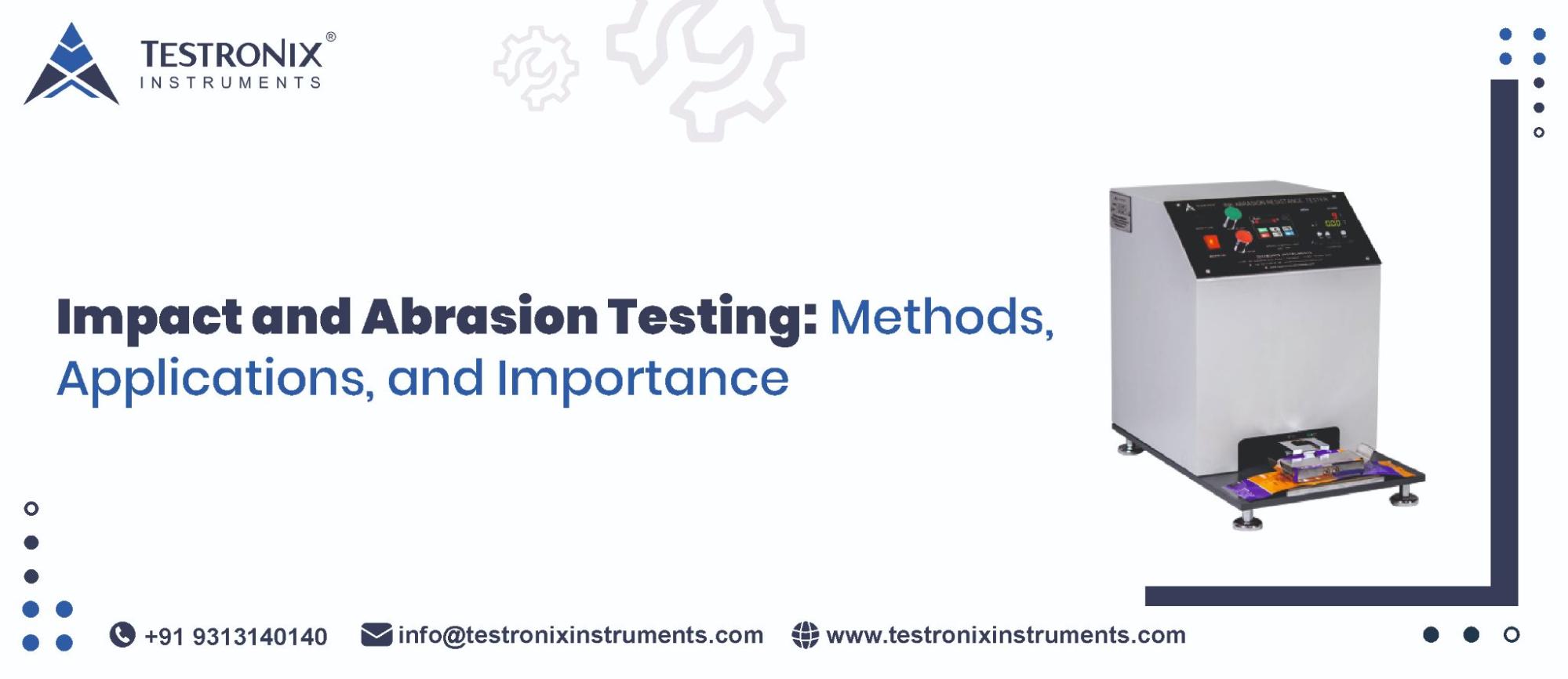
Materials in industries that emphasize durability and performance are put to harsh conditions ranging from impacts to continuous wear and tear. In such cases, testing their ability to endure the actual conditions becomes important. Such testing includes impact and abrasion testing, which helps replicate stresses on materials at work so that they are sure to meet the required standards of performance for applications.
Impact and abrasion testing is very significant in the automotive, packaging, construction, and electronics industries. Whether it is a car's body paint coating, packaging that protects goods while in transit, or the screens of smartphones, it helps determine whether the material can withstand physical abuse during its lifecycle. The purpose is to ensure that products retain their integrity and functionality under stress, thereby ensuring safety, reliability, and longevity.
Impact and Abrasion testing are two laboratory methods on how materials resist physical force. Impact resistance is simply the capability of a given material to resist damage inflicted due to forces or shocks - simulating impacts such as drops, knocks, collisions, and so on.
Abrasion resistance tests evaluate a material's ability to resist wear due to friction in which simulation is usually in the form of rubbing away the surface with abrasive material and wheel rubbing.
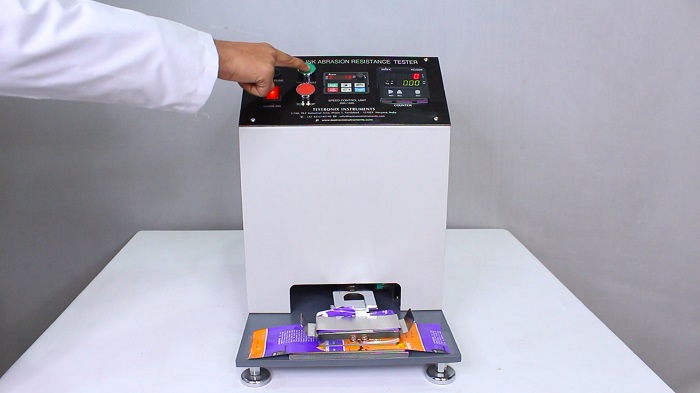
Testing Purpose
Both tests aim to determine how well a material holds its integrity when subjected to physical stress. The tests are meant to assess the strength of the material, how long it lasts, and how effective it is for a given task. Impact testing will identify a material's ability to hold sudden forces, while abrasion testing will reveal how effectively a material resists wear over time, especially in products designed to be constantly in friction.
There are various impact tests for material but all differ in aspects focusing on the way that any material will respond under suddenly applied forces.
Falling weight impact test: A weight is released to fall from a predefined height on the material in which case energy is calculated to fall, given the height of this object and its mass.
Pendulum Impact Test: A pendulum arm oscillates to hit a test specimen, measuring the absorbed energy of the material. This is commonly applied in coating and plastic testing.
Procedure
The material undergoes controlled force, with the extent of damage or its absence recorded and measured. This could include cracking, chipping, or outright failure. In most tests, this will measure the amount of energy that the material can absorb before failing.
Key Metrics
Energy Absorbed: The total energy the material absorbed in the impact. Failure Modes: It includes the mode of damage caused—whether it is cracking, chipping, or breaking.
Force Applied: For stress simulation in the actual situation, the impact force's magnitude must be appropriate. Abrasion Testing Methods Common methods are:
Taber Abraser Test: There is a rotating abrasive wheel used to rub against the material's surface. The abrasion is calculated based on the weight loss of the specimen.
The Rotating Wheel Test: It makes use of friction from an abrasive rotating wheel or sandpaper against the material surface simulating the high-wear application through continuous use.
Procedure:
This process involves abrasion testing of the sample, which subjects the sample to continuous friction while measuring its wear rate. In many cases, the test procedure involves multiple cycles, which are intended to represent long-term use in actual applications.
Key Metrics Surface Damage: The type and magnitude of surface damage can be related to scratches, grooves, or even erosion of the surface.
Wear Rate: The rate of material worn away, is measured in terms of loss in mass.
Formulas:
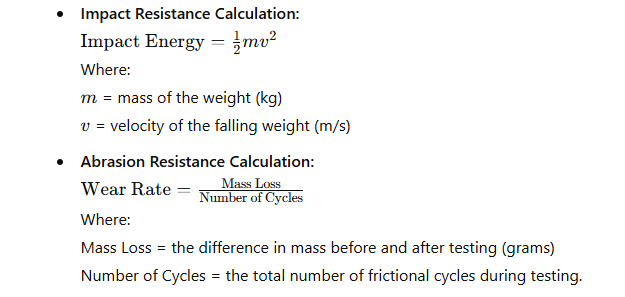
Automotive Industry: For evaluating the durability of components in the automotive industry like bumpers, body panels, and window screens, impact and abrasion tests are essential. This way, the materials can withstand both daily usage and accidents in their applications.
Packaging Industry: Packaging of cartons, bottles, and films is used with many kinds of physical stress at storage and transportation. Impact as well as abrasion tests ensure packaging material's durability that can carry out contents' protection minimizing product damage at the time of delivery.
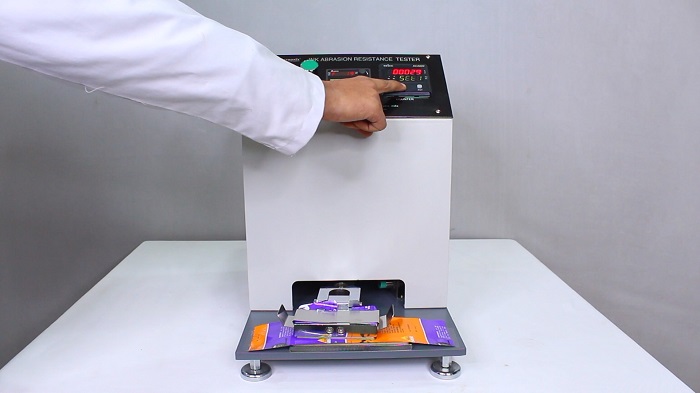
Electronics Industry: These tests are performed on electronic components such as smartphone screens, cases, and connectors to ensure that they can withstand drops, scratches, and wear in normal use.
Construction Materials: They are important for construction materials such as concrete, metals, and coatings, ensuring that they can withstand the harsh environment, including weather and physical forces.
Quality Control
The effects of abrasion and impact will ensure the required durability standards from a material from the manufacturer. Any weak aspect or failure points identified very early in production allow such companies to implement adjustments related to material formulation, treatments of surfaces, and application methods.
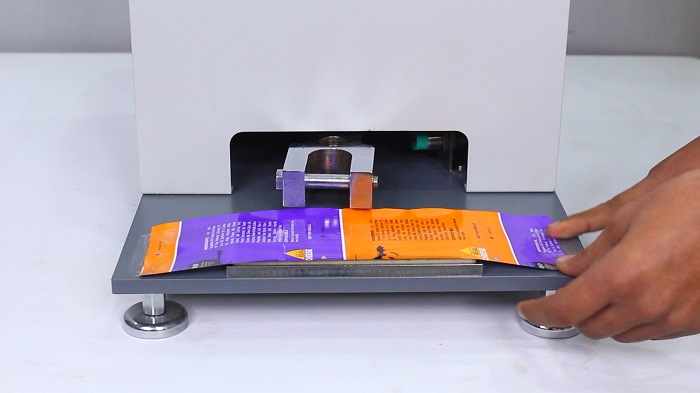
Customer Satisfaction
Products with superior performance in impacts and abrasions are more unlikely to fail in use and consequently would mean fewer returned products. Increased customer satisfaction goes hand-in-hand with higher product satisfaction.
Compliance with Standards
This makes it easier for materials to be in accordance with industry standards such as ASTM and ISO. In that regard, they set a benchmark for performance and safety.
FAQs
An impact testing tests for a material's ability to withstand sudden forces, and an abrasion testing tests for consecutive friction.
These industries depend on materials that need to withstand physical stress during its regular use and while in transit in order to ensure the integrity and safety of the products.
These tests indicate potential weaknesses in materials so manufacturers can tweak formulations and performance prior to a product hitting the shelves.
Contact us today to learn more about our impact and abrasion testers and how they can help improve your product quality and reliability!